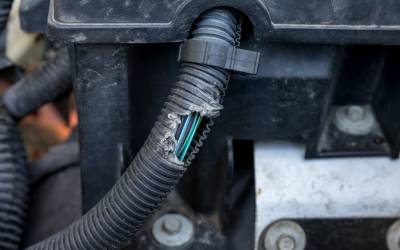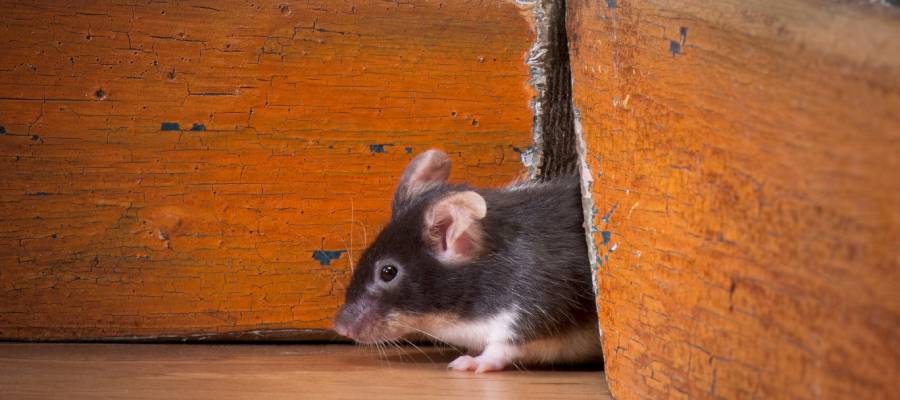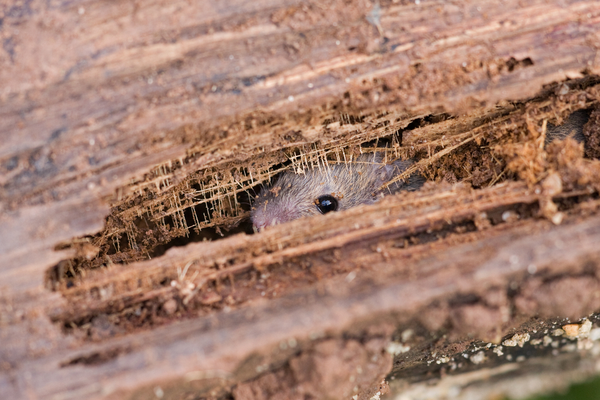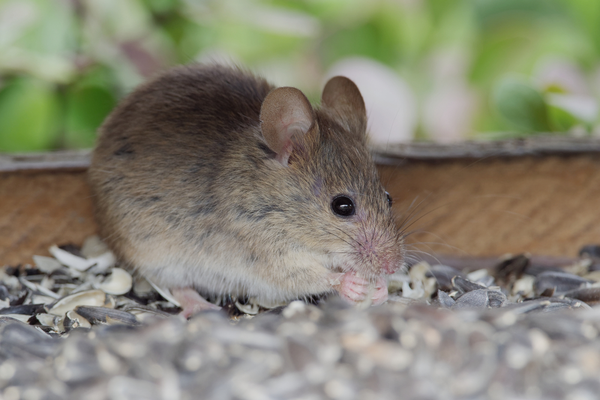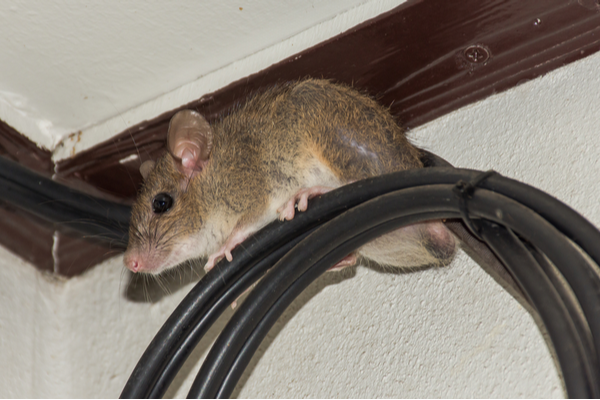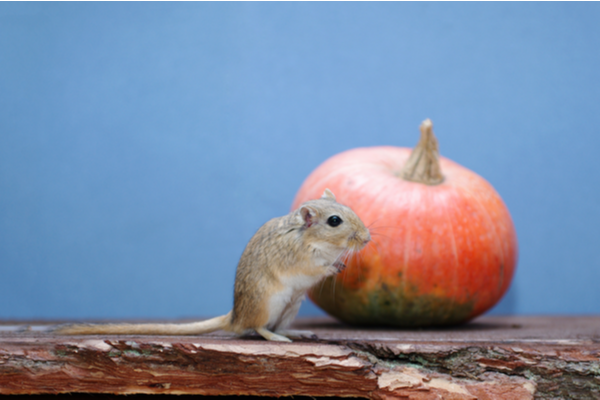As a homeowner (or renter) in Michigan, it can be pretty alarming to realize you have a rat occupancy issue. They are dangerous, prone to aggressive attack when disturbed, and carry with them disease. Not only that, but they are infamous for their chewing ability and will not discriminate against expensive appliance wiring, or precious family photos.
How Can I Tell if I Have Rats?
Rats are secretive and try to stay out of your line of sight. They sneak in through holes in your roof or ceiling and can easily get in through chimneys or along vents. Some solid indicators you have a rat infestation are:
- Scratching and squeaking. Especially at night, as these home invaders are nocturnal, preferring to do their scavenging and destruction while everyone else is asleep.
- Strong urine scent. Rat urine is particularly strong and will usually be accompanied by the visual of their droppings in various areas.
- Chew marks. Rats, like all rodents, have teeth that never stop growing. Because of this, rats will chew up anything to keep their teeth short. From boxes to clothing, to hard plastics like pipes, and even metals of all kinds, rats will chew through whatever they want to. Whether that’s to get at a potential food source, or for nesting material.
- Rat Nests. Shy by nature (but aggressive when confronted), you’ll most likely find rat nests in the corners of your attic, and in spaces usually left undisturbed like crawl spaces (or even in the walls).
The Most Common Types of Attic Rats
- Black Rat. They are dark gray or blackish in color, and typically slender, growing to be 13-15” long including their tail. Other names for this rat are “roof rat” or “ship rat”, named appropriately for their prolific climbing ability and preference for high spaces – like your attic.
- Norway Rat. Bigger than their cousins, these rats are more robust and will grow to be 16” long including tails. Typically grayish-brown or reddish-brown, these patient zeros like to nest in your crawl spaces.
Why Call Griffin Pest Solutions
No matter the species, rats are a big problem. They carry with them disease and will attack and bite if they are disturbed or feel threatened. Even what may seem to be a minor scratch could warrant a hospital trip for you or a vet trip for your animals. The team of rodent exterminators at Griffin Pest Solutions has been dedicated to serving our community since our founding in 1929.
Sustainably minded, we have been pioneers in eco-friendly pest control and as such have earned our GreenPro certification from the National Pest Management Association. Utilizing Integrated Pest Management (IPM) in tandem with being a part of the Rentokil family, we aim to be as globally responsible as we are across the state of Michigan. Trust Griffin Pest Solutions and let us help you protect your home.


